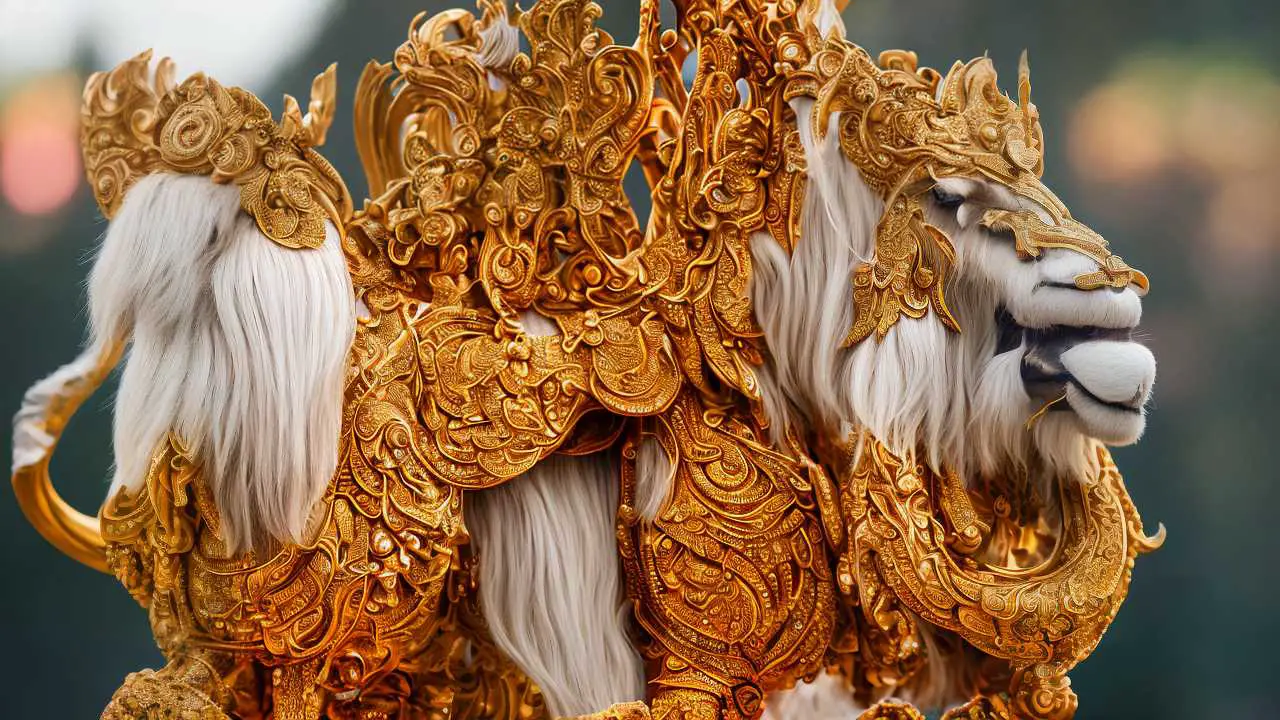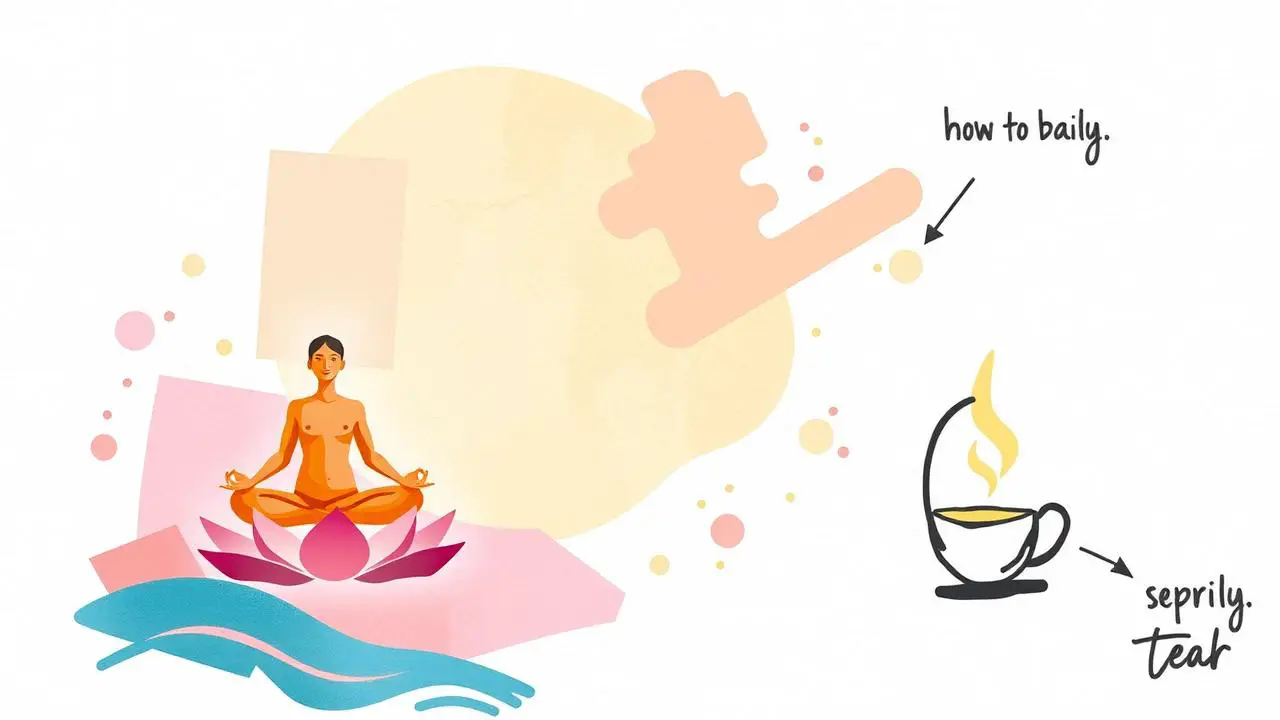When you’re trying to choose between Bhastrika and Kapalbhati for your pranayama practice, it’s important to understand the subtle differences between the two techniques.
The way you breathe, the speed at which you practice, and the use of energy locks all play a big role in how each practice affects you.
As you dive deeper, you’ll see how these differences can impact your breath control, mindfulness, and overall well-being, giving you new insights into how to make the most of your pranayama routine.
Active Vs Passive Breathing Emphasis
Let’s talk about the difference between active and passive breathing in yoga.
In Bhastrika pranayama, you focus on both the in-breath and out-breath while breathing rapidly. On the other hand, Kapalbhati involves an active out-breath and a passive in-breath with a slower pace.
When you do Bhastrika, you breathe at a faster rate of around 150 breaths per minute. For Kapalbhati, the breathing rate is slower, ranging from 60 to 80 breaths per minute. If you’re new to these techniques, you might start with fewer repetitions and gradually increase as you get more comfortable.
The goal of Kapalbhati is to clear mucus and impurities from the nasal pharynx, which helps in purifying the body. By understanding the differences between Bhastrika and Kapalbhati, you can make the most of these breathing techniques for improving your respiratory health and mastering breath control in your yoga practice.
Breathing Rate Discrepancy
Breathing rates vary significantly between Bhastrika and Kapalbhati pranayama techniques, affecting the speed and intensity of the practice. In Bhastrika, you breathe rapidly at about 150 breaths per minute, while Kapalbhati maintains a slower pace of 60-80 breaths per minute. For beginners, it’s recommended to start with fewer repetitions and gradually increase them.
Kapalbhati focuses on expelling impurities from the nasal pharynx, which can lead to purification benefits. On the other hand, Bhastrika’s faster breathing rates create a more intense experience compared to the calmer rhythm of Kapalbhati. Understanding these differences is important for maximizing the advantages of these breathing exercises and enhancing your mindfulness practice.
Adjusting your breathing rate based on the technique you’re using can help you achieve the desired results in your relaxation techniques. It’s essential to be mindful of the breathing pace and intensity to fully experience the benefits of each pranayama method.
Internal Vs External Breath Retention
Shifting our focus from the breathing rate differences in Bhastrika and Kapalbhati pranayama techniques, let’s talk about the difference between internal and external breath retention in these practices.
When we talk about breath control, internal breath retention means holding the breath with your lungs full, while external breath retention is holding the breath with empty lungs. Both types of breath retention can enhance the calming effects on the nervous system and promote overall relaxation.
In terms of relaxation techniques, internal kumbhaka (breath retention) after rapid breathing helps deepen the practice, while external kumbhaka after exhaling contributes to relaxation. It’s crucial to understand and incorporate breath retention correctly to maximize the benefits of pranayama techniques.
Significance of Breath Retention
Breath retention is a key element in pranayama techniques that can really boost your practice. When you hold your breath, also known as kumbhaka, it can have a big impact on how pranayama affects your body.
During internal kumbhaka, where you keep your lungs full of air, your nervous system gets a nice calming boost, helping you relax.
This phase also lets your body soak up more oxygen, which then gets carried through your bloodstream to oxygenate your whole system better. Plus, when you hold your breath after rapid breathing, it helps your body take full advantage of the energy created during pranayama.
Energy Lock Variations
As you learn more about pranayama techniques, you’ll come across different variations in energy locks that can really boost your practice and help you distinguish between bhastrika and kapalbhati.
When you practice bhastrika, you use the chin lock (jalandhara bandha) and root lock (mula bandha) while holding your breath. This helps you control your breath better and has a calming effect on your nervous system. On the other hand, kapalbhati involves not only the chin and root locks but also the abdominal lock (uddiyana bandha) during breath retention. This focuses on engaging your abdomen and reaping the benefits of purification.
To get the most out of each pranayama technique, it’s important to align and execute the energy locks correctly. This is especially crucial when you’re sitting in specific postures like sukhasana or padmasana. Proper alignment and execution in these postures can help you maximize the benefits of bhastrika and kapalbhati.
Proper Sitting Postures Importance
Sitting properly in postures like sukhasana or padmasana is super important when you’re doing pranayama techniques like bhastrika and kapalbhati. When you sit with good alignment, it keeps your spine straight, which helps with the flow of air and energy when you’re breathing. Plus, it helps you stay focused and steady during your practice. So, make sure to sit in a relaxed yet alert way, with your shoulders back and chest open for deep breaths.
Having a stable and comfortable seated position is key for getting the most out of bhastrika and kapalbhati. Your sitting posture really sets the stage for a successful pranayama session, making the whole experience more beneficial and enjoyable.
Impact of Contemporary Teaching Practices
Contemporary teaching practices in yoga pranayama techniques like bhastrika and kapalbhati are changing to meet the needs of modern practitioners while still honoring traditional knowledge. Teachers are now adjusting the traditional pranayama practices to fit the preferences and lifestyles of today’s students. They’re also adding different breathing patterns and techniques to accommodate various skill levels and physical abilities.
Moreover, some instructors are using online platforms and apps to connect with a wider audience and offer guidance on pranayama practices from a distance. These adaptations aim to make the ancient practices more accessible and relevant in our fast-paced world. The goal is to ensure that the essence and benefits of bhastrika and kapalbhati are preserved while making them easier for everyone to experience and enjoy.
Conclusion
As you explore the world of pranayama, keep in mind that Bhastrika and Kapalbhati offer different but complementary experiences. Embrace the intense energy of Bhastrika and the gentle flow of Kapalbhati, as they work together to help you delve into the depths of your breath and consciousness.
Just like a river flowing through rocks, may you find balance and peace in the rhythm of your breath.





13 responses to “Bhastrika Versus Kapalbhati: Unveiling Key Distinctions”
I never knew there was such a big difference in the breath rate between Bhastrika and Kapalbhati. Always thought pranayama was just one thing, not a bunch of techniques with specifics.
Wait, so do you need to know all these differences to start doing pranayama or can u just jump in?
Pretty sure jumping in is fine but knowing this helps make your practice better.
So modern teachers are changing things up, huh? Makes you wonder if the original way was missing something or if we’re just too busy to slow down and do it right.
Interesting how posture is linked to the effectiveness of pranayama. Makes you think about how interconnected our bodies are with our breath and mind.
If sitting correctly is half the battle, guess I’ve been losing at meditation without even knowing. Got to up my sitting game!
Really appreciate the emphasis on teaching variations to suit different people. It’s important that practices like yoga remain flexible to accommodate everyone’s unique needs.
is it ok if i get dizzy doing the fast breathing ones? or am i doing something wrong?
Dizziness can happen if you’re not used to it. Take it slow and don’t push too hard. Your body needs time to adjust.
my coach said breathing right could up my game, didn’t believe it till now. gotta try this pranayama stuff.
Rachel Baxter, interesting article. However, I’m curious about the scientific bases behind these practices. Are there studies that support the benefits mentioned here?
ever think about how fish breathe? they don’t do pranayama, right? or do they? makes u think.
All this talk about energy and posture sounds like mumbo jumbo. Just sit and breathe, how hard can it be?